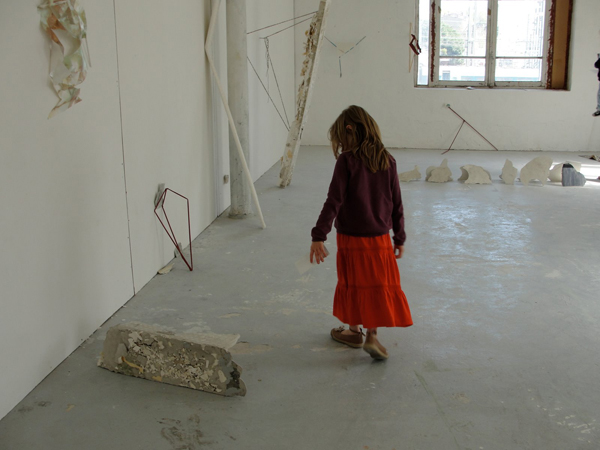SESSIONS 2010 BACK
_
JEAN-BAPTISTE BOUVET
French born in 1980, lives and works in Berlin
The work is engaged with different material such as elements of architecture, fabrics, paintings, video, language. It is also reflecting about the singular circulation (or a simple gesture) of the spectator in the space. It begins with capturing elements of reality and continue with an active (but also a passive) crossing in the Studio.
During this route, most of the pieces loose their first functionality to get another tension with the environment, a new form and a new materiality. The decision to stop this material process depends on the perspective to keep more efficiency as possible. I observe for every work their own time of realization to require elements of tragic, remembering, sensuality or humor, despite of their deconstructive aspect. I used to call this finally situation as an idiotic aspect.
Color, as a monochromic intervention, takes an emblematic place because of its sensitive reception and the cultural icon. How appears the color and can it influence a circulation?
These constructions stand in few equivocal positions : isolation from each other and parallel relationship, emphasis and ascetic forms, standards and grotesque variations, carefully manipulation and ready-made. These contradictions test some physical manifestations of reality, in a context of disenchantment.
This could be a leitmotiv of the practice: to look for evidences of the world.
(November 2010)
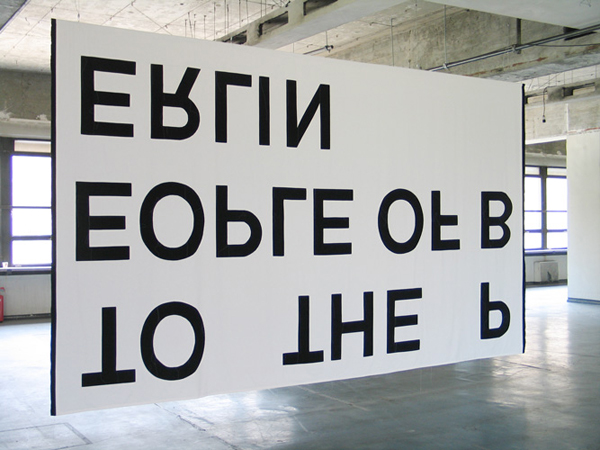
_
CHRISTIAN NEWBY
American born in 1979, lives and works in Glasgow.
My work begins with the impulse to re-imagine narrative and formal frameworks within relatively common situations, events and objects,experimenting with historical and formal narratives and their reconfigurations by manipulating certain connotative properties within them and creating a series of abstract, counter-narrative pictures.. These attempts see or suppose an image or event kaleidoscopically, producing work that suggests a kind of synchronicitous ambiguity amongst structural and emblematic elements. The distinctive orders of primary, secondary and perhaps even tertiary borrowing from the previous order to create a kind of inculcated chronology or intuitive logic within the viewer.
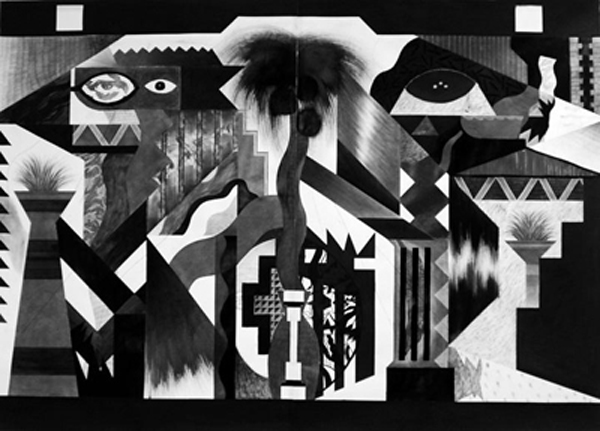
_
MONICA RESTREPO
Colombian, born in 1982, lives and works in Cali.
« Since my master at the fine art school of Cali, I am interesting in everykind of storytelling, the way we represent it, talks educated by our local context, looking for a poetic and metaphoric dimension. This way I use video, performance and drawing for their different plasticity. This proceeds are escorted by a constant reflection on the different forms of representation in instalation, exhibition and in performative and critical dimension. »
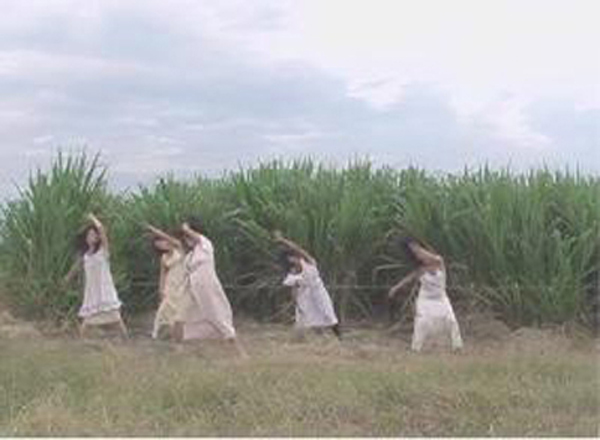
_
GRÉGOIRE MOTTE (FR-BE)
Lives and works in Brussels, Licenced by the ERSEP school, Tourcoing
How to talk about his protean work? Working on nothing, he says. At first sight, we notice in his construction, exhibitions and performances a pop inclination a bit dated, an instalation of common objects (fir tree painted in green, frying paper, cosmetics, fake tigers, confettis, toilet seats…) – frivolity, dandysm ? It appears clearly that this vocabulary is coincidental, close to uncharged elements, poetics or even graphics (Souvenir, Cloud, Scenery …). Talking about Grégoire Motte's work is, as it seems, first talking about an artsist position showing things, excuse for possible tales, an artist that will give a value for beeing exposed to things that are not ordinary visible. But how? Grégoire Motte works on situations – les tigres de Genève – les villages de Baby – les rings de Belgique, he notices their existence in the world. « Election of something far-away » says Grégoire Motte – If the villages called « Baby » exists in Poland, if all tigers species are gathered in Geneva and nowhere else, if the rings of Belgium products drawings that we never see, Grégoire Motte make them live...
(Maud Le Garzic, Introduction of an interview in 50° Nord #0 review, 2009.)
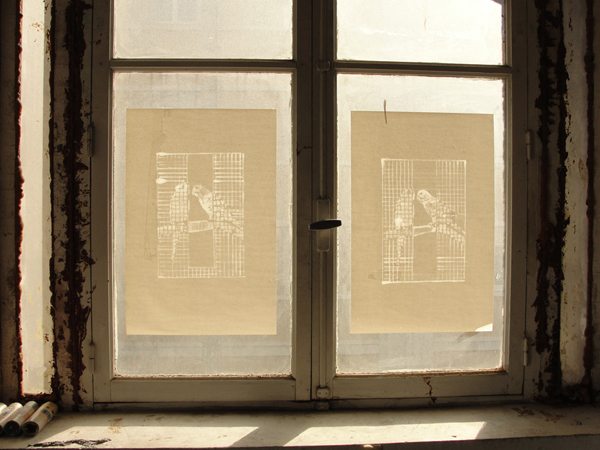
_
FLORE NOVÉ-JOSSERAND (FR-GB)
Lives and works in London, Graduate of the Slade School of Art, London
« Through my work, I'm getting interested in painting out of frame. My research are on the link between a colored surface to another, in fonction of scales, patterns, perspective, texture, and display on volume. I am building regularly painted objects - flat surfaces
or little sculptures –designed for walls, grounds, to be hanged or without any destination. These objects could include many materials and could have mobile elements. I am currently working on a serie of cutted up panels, playing on the cover of the surface and it's capacity to affirm more or less the panel form. These elements are somehow sketches materials. It's an experimental work, reactive, and intuitive. I do worry also about exploring the link kinesthetic we've got with space, refering to the color in particular. With the arrangement of decorated objects, structures and screens in a space, I create environnements that encourage moving and implies some choreography of perception. I work as much on independant spaces, in wich all surfaces could be invest and used for a meta-installation (for exemple, the studio or the galery), as on spaces that already have an identity and their own fonction. »
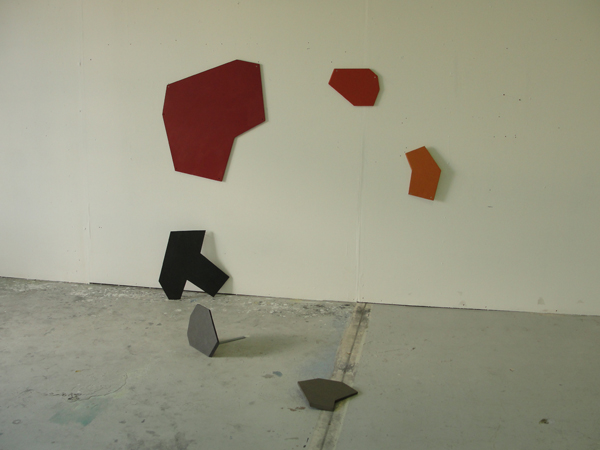
_
NANA OFORIATTA-AYIM (GH-GB)
Lives and works in London
Nana Oforiatta Ayim is an historian, a writer and video director based in Accra and London. She currently works on a publication and exhibition about contemporary art institutions in Africa with the architect David Adjaye and works on a book about the ganean photographer Barnor. She's been writting for National Geographic, The Statesman, The Dubliner or even Time Out. She presented her graduation in universities like Cambridge, Kumasi, London or Oxford. She has been a curator at the British Council, the British Museum, the Liverpool Biennal, the Royal Festival Hall and at the Victoria and Albert Museum. In her fiction writings and short videos she talks about themes of traduction and gaps between languages. Nana Oforiatta Ayim published recently her first fiction book The Tightrope Walker.
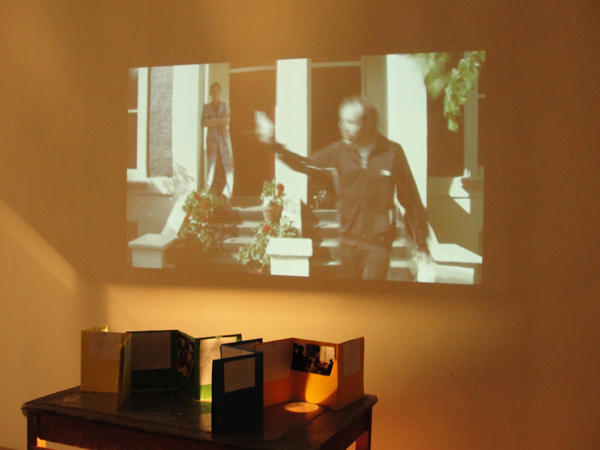
_
MIREILLE BLANC (FR)
Born in 1985, Lives and works in Paris.
« In my work, I am trying to constitute a universe influenced by the notion of memory, reminiscence – closely linked to the notion of disappearing – ina form of « constellation » where painting and drawings are associated. Re-using pictures from many horizons composing an inventory of a personal world, I do wonder about the question of presence. I bring back to life pieces of memory – pictures remains. It's about getting fascinated -being disturbed by images, what they express, their breaks, lead me to an affected process of identification. I don't have much control on photographies I am working with. They seem to me ambiguous, at the border of uncatchable; the event they discribe is uncertain. While stocks last! The photographic picture is outspaced, twisted, overwhelmed. » M.B.
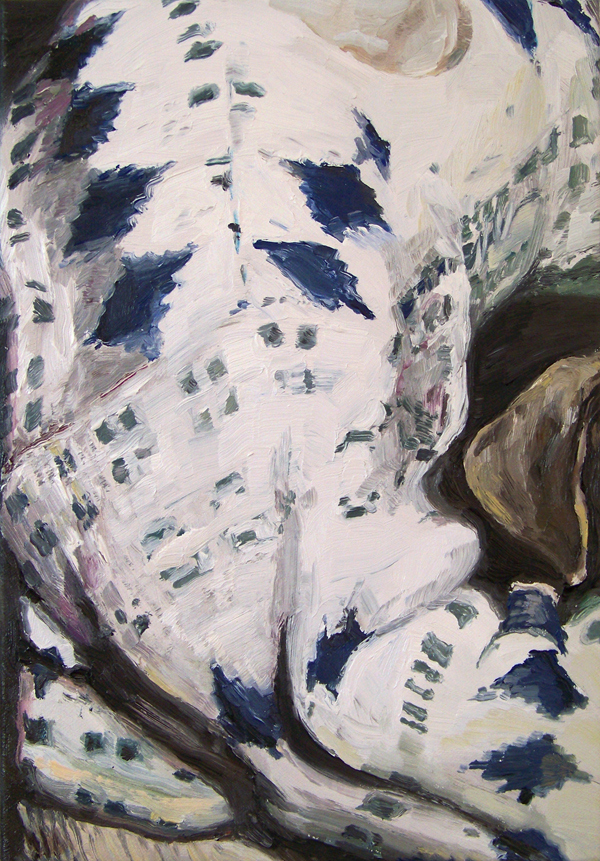
_
CATALINA NICULESCU (EN)
Born in 1978 in Bucarest, lives and works in London.
« Absurd and strangely poignant, Catalina Niculescu's practice exists in the space between
performance and documentation, between the live and the mediated. Seemingly impulsive
responses to the places she encounters result in a series of interferences with architecture
and urban structures, recorded and sparsely edited to create enigmatic, transferable
events in film, video and photography. Ever present in her work her actions are frequently short interventions that would remain overlooked, were it not for the presence of the camera. To present this back to the viewer in the gallery suggests that otherwise something of importance would have been missed. What that something is, or what it means, opens the work up to a variety of possible readings and equally manages to frustrate a definite interpretation while consistently engaging the viewer through their simple realization. »
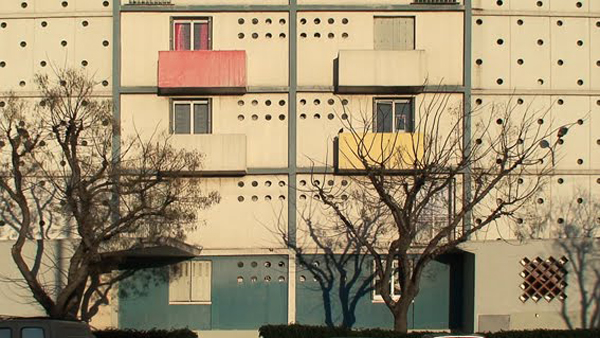
_
KIRSTY ROBERTS (SCO)
Born in 1985 in Portsmouth, England, lives and works in Glasgow, Scotland.
« The objects I make are fragile. Some break up when handled; others seem likely to when installed. As the material nature of the work shifts or implies that it could, it brings a performative element to the sculptures. The pieces are ephemeral, time based. They engage in a dialogue about site specificity as they have clearly been broken and reformed. They are re-made for the site out of practical necessity rather than in an attempt to ‘read’ the site in any way. The objects reveal the marks of their making. The thin, papery ceramic pieces are made, broken, mended then shown. Some reveal scars where they have broken and been re-formed. The plaster pieces are held in place with elastic bands. They come out into the gallery space, into the viewer’s zone and threaten to fall. » K.R.
